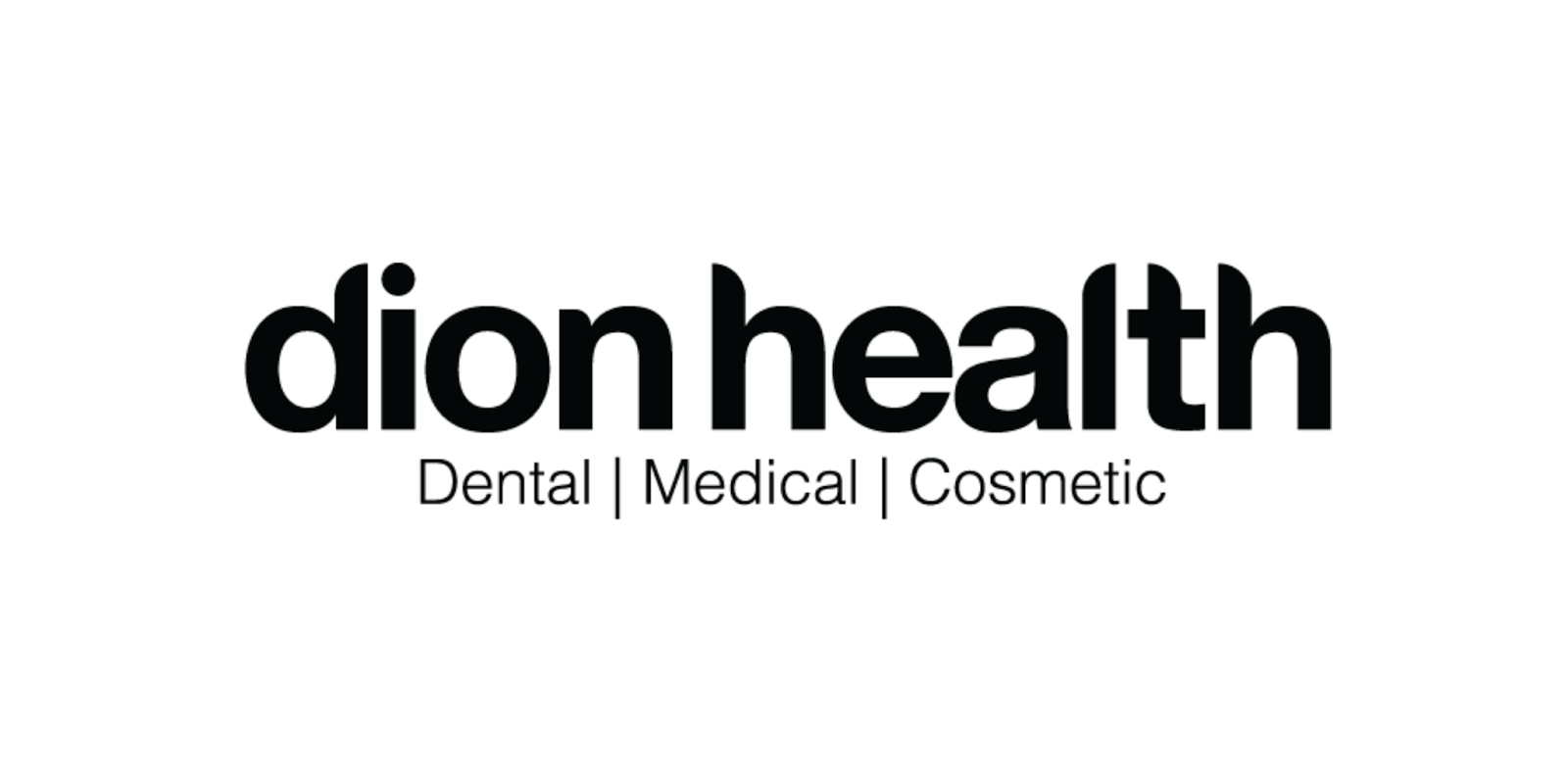Can Breath Analysis Predict Overall Health? The Future of Oral Diagnostics
Breath analysis is a relatively young branch in diagnostics, and it can tell a lot about the state of the human body. However, speaking of current advancements in the field of technology, researchers are focused on how the gases and particles exhaled by people can be useful in understanding one’s health. For example, the Montclair, NJ dentist can decide to use breath analysis as a diagnostic tool for evaluating the patient’s oral and general health.
All along, doctors used blood tests as well as imaging techniques to identify several conditions out there. However, breath analysis is noninvasive and more accessible than blood tests to possibly reveal certain abnormalities that may then be addressed early to increase the chances of successful treatment in the future.
This technology can be used to diagnose almost all sorts of diseases like metabolic syndromes diseases, respiratory diseases, cancers, etc that will provide efficient preventive healthcare mechanisms.
How is Breath Analysis Used in Health Diagnostic Testing?
Breath analysis is based on the principle that volatile organic compounds (VOCs) exist in the body as a result of some chemical reactions. Every VOC is characterized by a distinct sound, which may be associated with particular pathological states. For instance, acetone, a volatile produced in breath, is linked to diabetes, and elevated nitric oxide levels imply respiratory disorders. Such molecules are increasingly being recognized by new generations of precise sensors and analytical tools, enabling doctors to make diagnoses that could be years in advance of the onset of an illness.
What are the Benefits of Breath Analysis in Health Prognosis and Screening?
There are a number of benefits to breath analysis with the main one being that of the noninvasive method. Unlike venipuncture in which individuals undergo blood drawing methods that may generate discomfort within the shortest time, breath tests are fast, convenient, and noninvasive. Secondly, breath tests are very mobile and can be administered almost anywhere, including at home or in distant locations thus promoting the availability of health care services.
What are the difficulties involving Breath Analysis Technology?
Breath analysis technology is still in its infancy and is confronted with several problems. This makes one of the major challenges being the inability to determine the exact compounds that are unique to the corresponding health-related states. The human body liberates numerous gases and particles and it is quite challenging to differentiate between asymptomatic and symptomatic varieties using conventional and suboptimal methods.
What Can the Future of Breath Analysis in Medicine Be?
It was found that the future of breath analysis in the medical field offers great potential. Continual developments in the sensors, artificial intelligence as well as machine learning, and breath analysis may become routine diagnostic procedures. To further improve the performance of breath analysis systems researchers are trying to expand the range of ailments that the system can identify with equal levels of precision. If more research is performed and the technology is adopted over time, breath tests could be added to routine physical check-ups to make quick diagnoses and ensure no potential health complications fester into important ones.
Conclusion
Breath analysis can be further described as one of the most outstanding innovations in the sphere of healthcare which can indeed provide a substantial substitute for lots of the modern diagnostic techniques. If applied, it could forecast an extensive array of diseases based on the compounds of a person’s breath ranging from respiratory ailments to metabolic diseases. There are still obstacles in working out the way of improving the accuracy and the scope of breath analysis but its possibility to fundamentally change the approach to diagnostics is obvious. The field of breath analysis may thus be a key element in the development of preventive medicine since breath tests may help in earlier detection, may lead to a better prognosis, and may also decrease the costs of the healthcare services provided.





